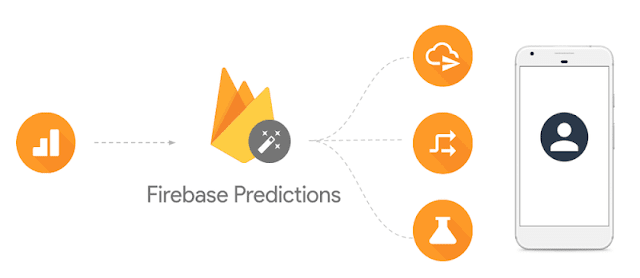GET WORD PRESS E-COMMERCE WEBSITE AT 125$
GET WORDPRESS E-COMMERCE WEBSITE AT 125$
What you deliver with $125 ECOMMERCE WORDPRESS WEBSITE
Design responsive premium, full featured, SEO & user friendly WordPress Website for you and your business.
Offer Include following features
* Fully Secured Website.
* Fully Responsive Design (Mobile and Tablet)
* Cross-browser Compatible.
* Newsletter Signup form.
* Contact us from Google Map
* Google My Business - Map Integration.
* Social Media integration. (Facebook, Twitter, LinkedIn, Pinterest etc if you need
* Premium Theme Fully Customizable - Worth more than $50
* User Friendly CMS based back-end.
* Premium Plugins
* Company logo, Letter Head, Business Card. (Selected Design only)
* Payment Gateway Installation (after all Legal documentation provided)
* 30 Days free Premium Support after sales any of your Queries.
* Much more as per your requirements
Offer Include following features
* Fully Secured Website.
* Fully Responsive Design (Mobile and Tablet)
* Cross-browser Compatible.
* Newsletter Signup form.
* Contact us from Google Map
* Google My Business - Map Integration.
* Social Media integration. (Facebook, Twitter, LinkedIn, Pinterest etc if you need
* Premium Theme Fully Customizable - Worth more than $50
* User Friendly CMS based back-end.
* Premium Plugins
* Company logo, Letter Head, Business Card. (Selected Design only)
* Payment Gateway Installation (after all Legal documentation provided)
* 30 Days free Premium Support after sales any of your Queries.
* Much more as per your requirements



